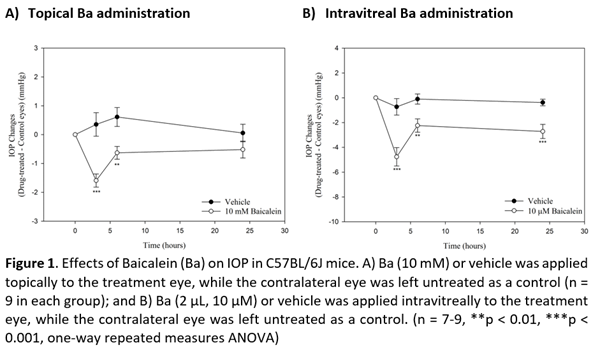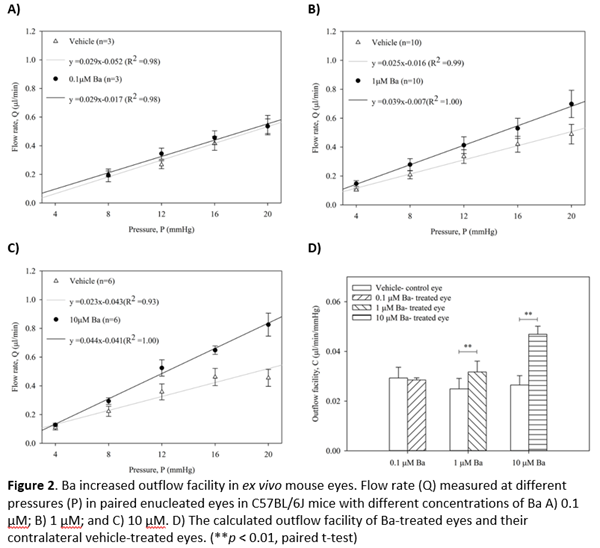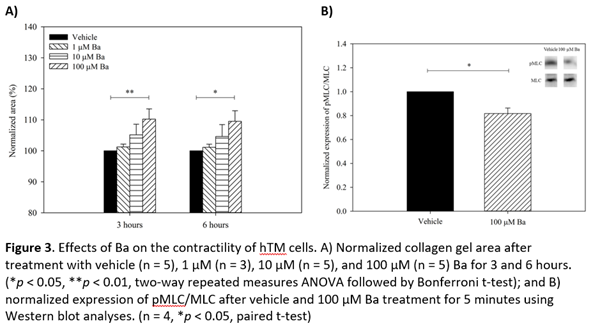 Glaucoma is a progressive optic neuropathy characterised by the loss of peripheral vision. Elevated intraocular pressure (IOP) is the only modifiable major risk factor for glaucoma. If left untreated, glaucoma can cause blindness due to the loss of retinal ganglion cells (RGCs) and damage to the optic nerve. Glaucoma is expected to become a pronounced public health concern in an ageing global population. It is projected that there will be over 110 million people around the world affected by glaucoma by 2040.
Glaucoma is a progressive optic neuropathy characterised by the loss of peripheral vision. Elevated intraocular pressure (IOP) is the only modifiable major risk factor for glaucoma. If left untreated, glaucoma can cause blindness due to the loss of retinal ganglion cells (RGCs) and damage to the optic nerve. Glaucoma is expected to become a pronounced public health concern in an ageing global population. It is projected that there will be over 110 million people around the world affected by glaucoma by 2040.
Current interventions and medications that slow down glaucomatous vision loss are associated with undesirable side effects and drug resistance, thus reducing patient compliance and treatment outcomes. To develop treatments with high effectiveness and compliance, a team from the Research Centre for Chinese Medicine Innovation (RCMI), led by Prof. To Chi-ho, former Director of the Research Centre for SHARP Vision (RCSV) and former Head of the School of Optometry (SO); Prof. Henry Chan, Professor of the SO; Dr Thomas Lam, Associate Professor of the SO; and Dr Do Chi-wai, Associate Professor of the SO, joined hands with Dr Samantha Shan, Member of the Research Centre for SHARP Vision (RCSV) and Research Assistant Professor of the SO, to test whether Baicalein (Ba) could produce detectable changes in IOP using mouse models.





Baicalein is a flavonoid found in the roots of a Chinese herb, Scutellaria Baicalensis Georgi, which is anti-inflammatory, antioxidant and anticarcinogenic. Baicalein has been used as a safe compound in the treatments of cancers, inflammation and cardiovascular diseases.
Baicalein has been identified as a potential therapeutic agent for ocular diseases. The team investigated whether Baicalein affects the conventional outflow facilities, using in vivo and ex vivo mouse eyes. Their study demonstrated that Baicalein lowers the IOP along with an increase in outflow facility, inhibits cell volume regulation, and triggers cell relaxation via downregulation of phosphorylated myosin light chain (pMLC) in primary human trabecular meshwork (hTM) cells, indicating Baicalein as a new potential glaucoma treatment. These findings open the way for the development of novel and disease-modifying targets for strengthening and restoring the normal TM cell functions, and eventually improving aqueous humour (AH) drainage and IOP homeostasis.







